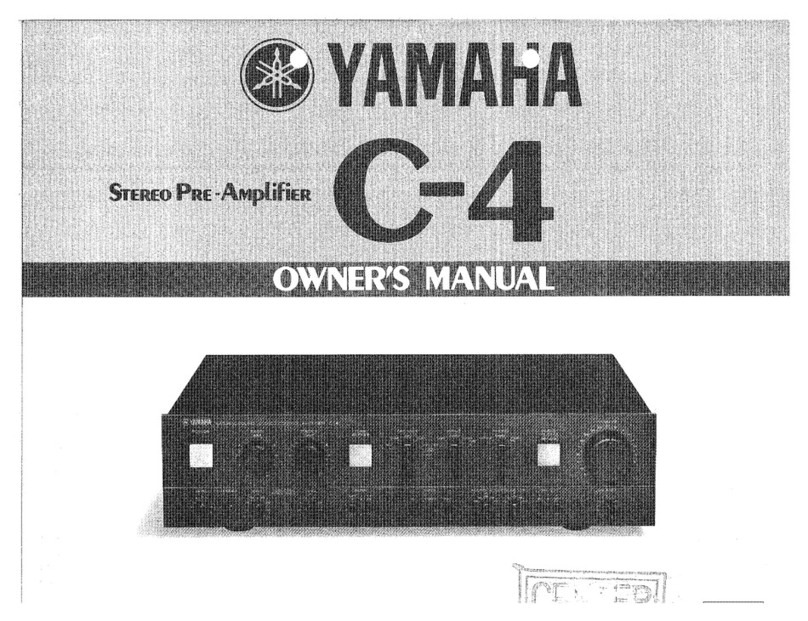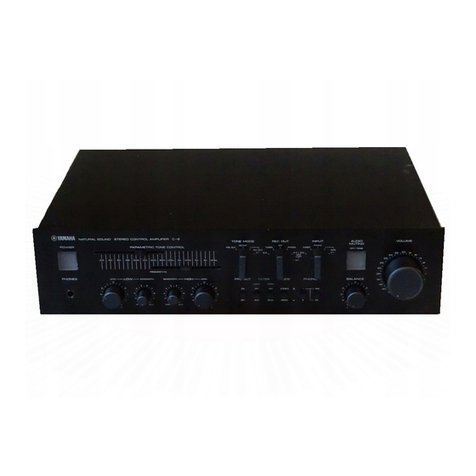Yamaha AX-750RS User manual
Other Yamaha Amplifier manuals

Yamaha
Yamaha M-5000 User manual
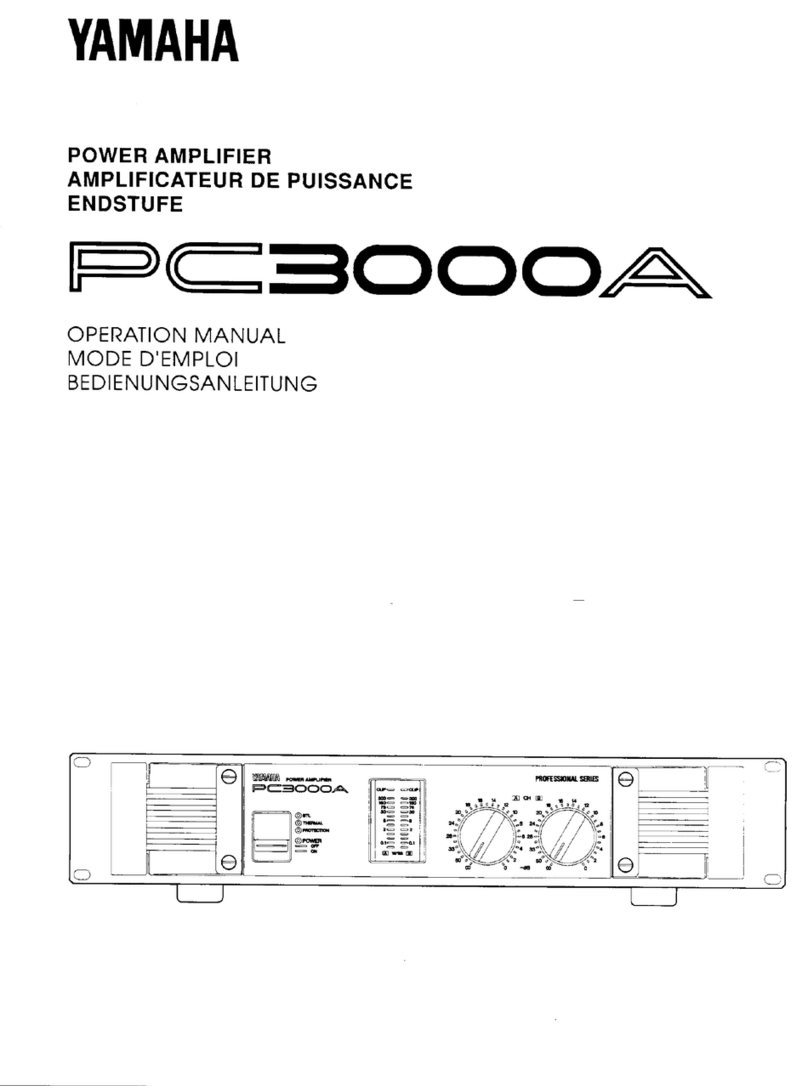
Yamaha
Yamaha PC3000A User manual
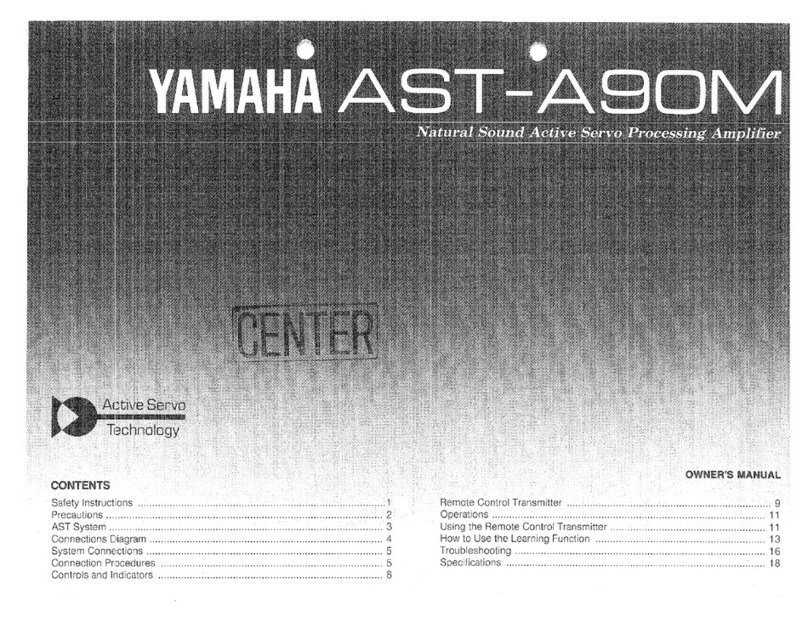
Yamaha
Yamaha AST-A90M User manual
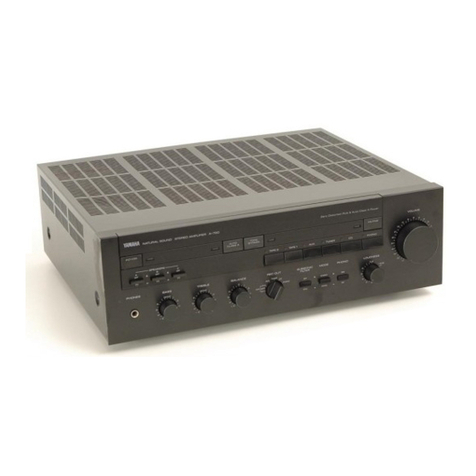
Yamaha
Yamaha A-720 User manual
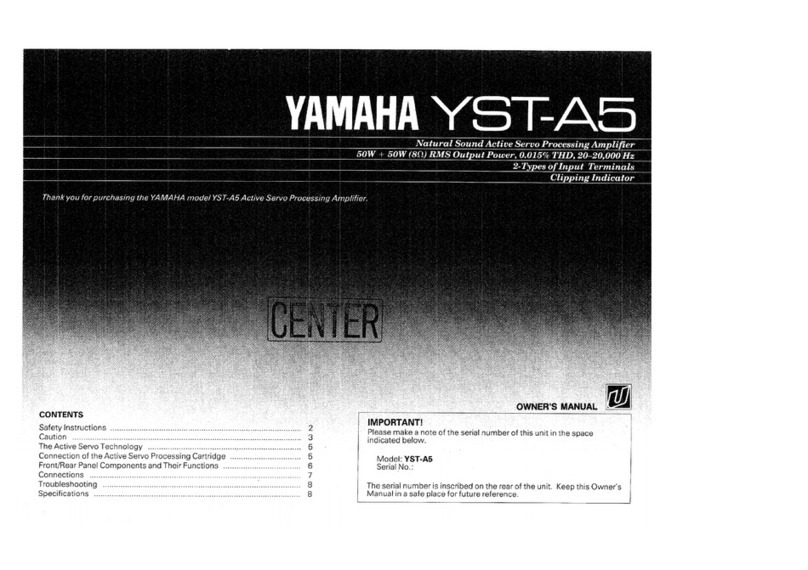
Yamaha
Yamaha YST-A5 User manual
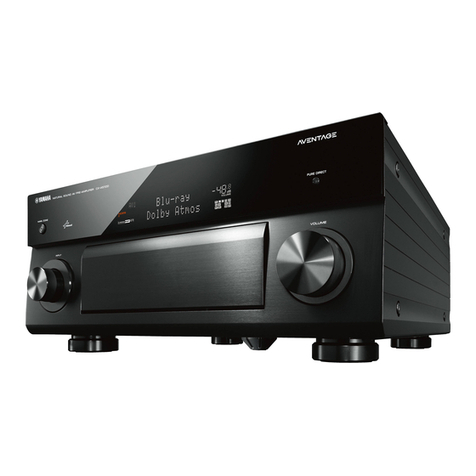
Yamaha
Yamaha CX-A5100 Instruction manual
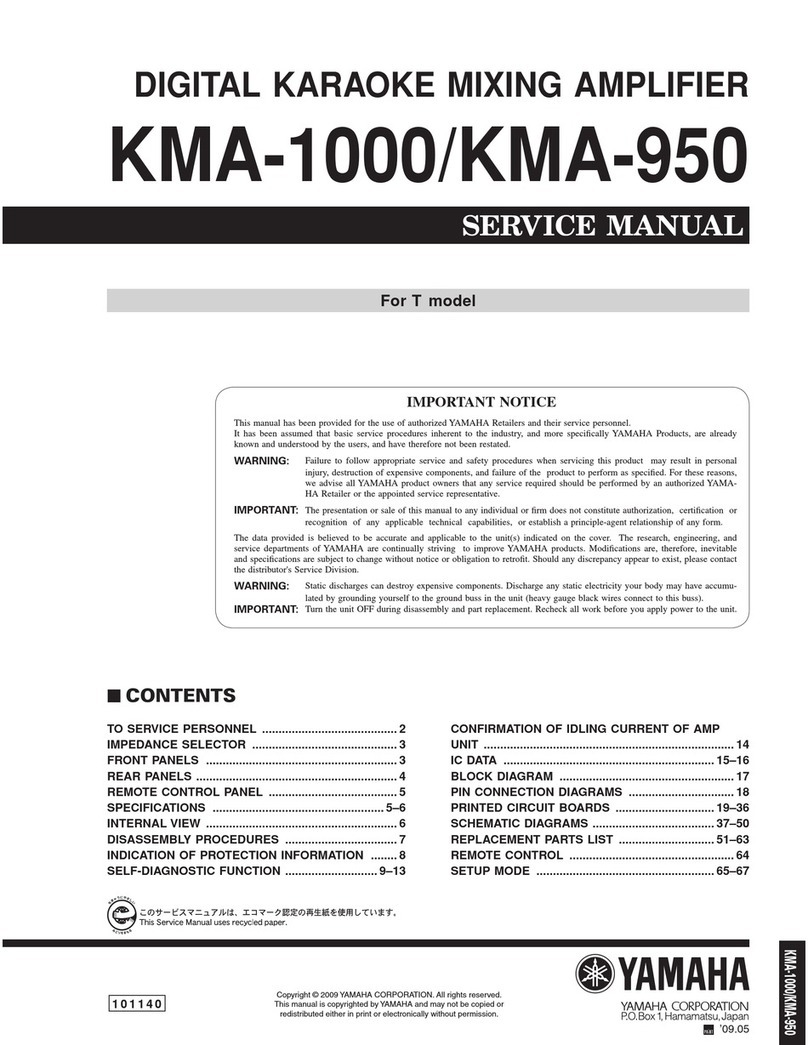
Yamaha
Yamaha KMA-1000 User manual
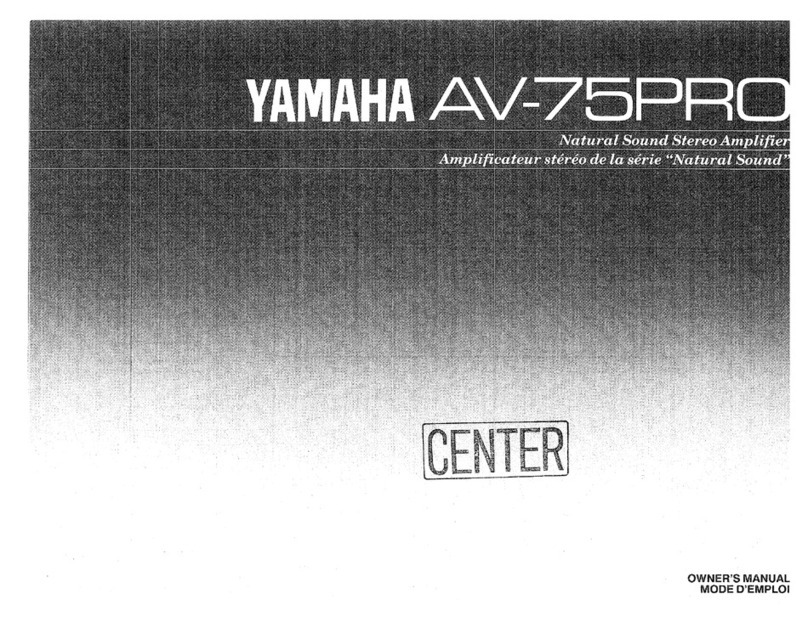
Yamaha
Yamaha AV-75PRO User manual
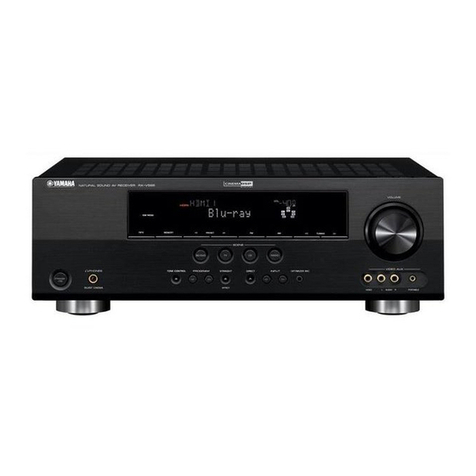
Yamaha
Yamaha RX V565 User manual
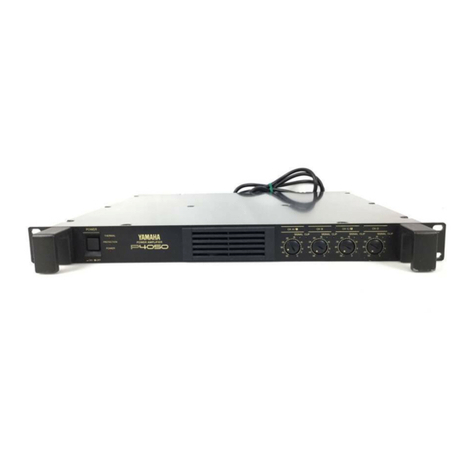
Yamaha
Yamaha P4050 User manual
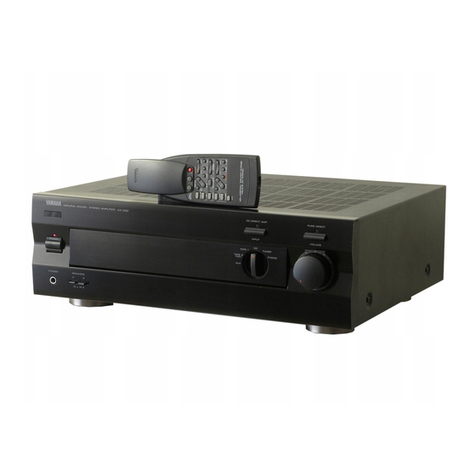
Yamaha
Yamaha AX-892 User manual
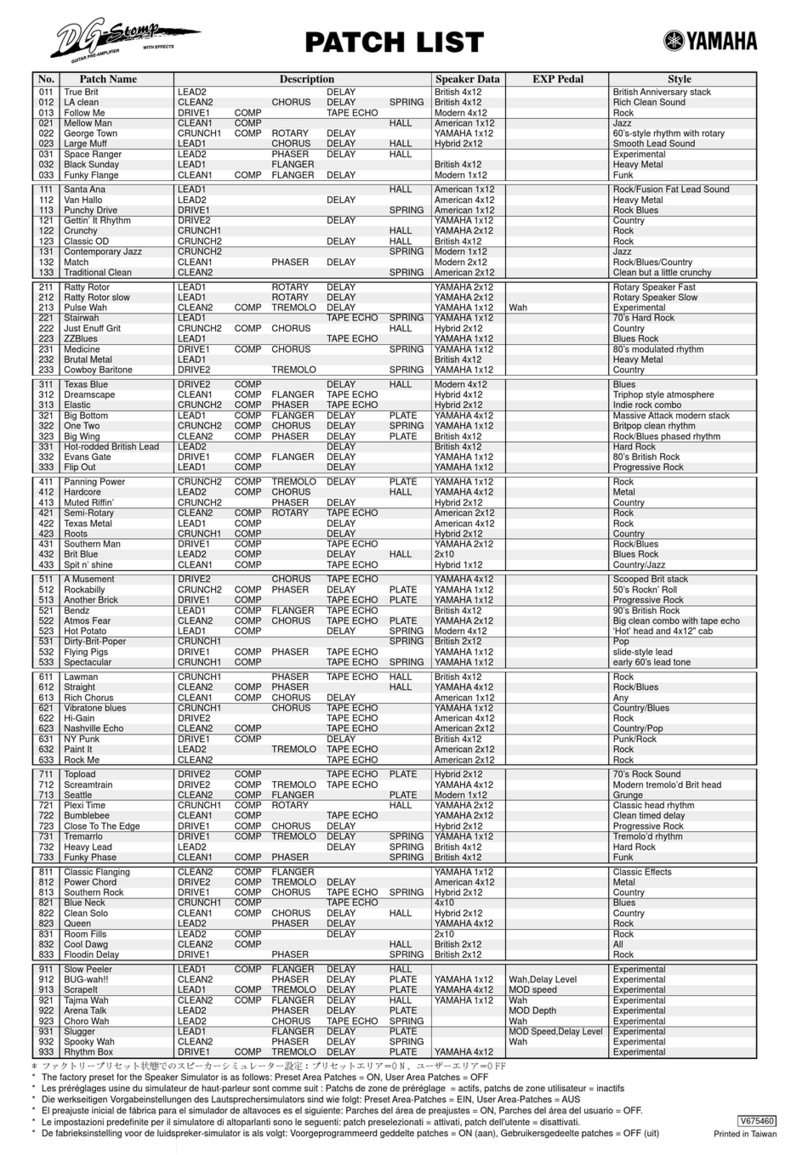
Yamaha
Yamaha DG-Stomp Manual

Yamaha
Yamaha DSP-AX1/RX-V1 User manual
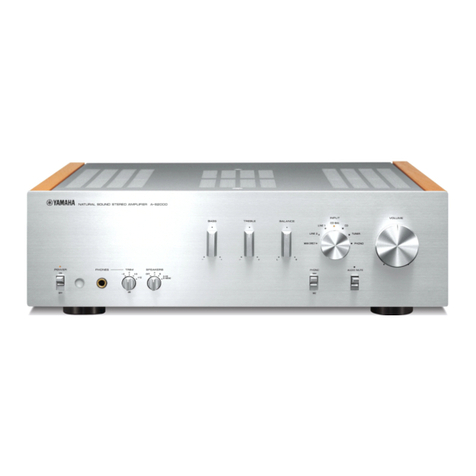
Yamaha
Yamaha AS2000BL User manual
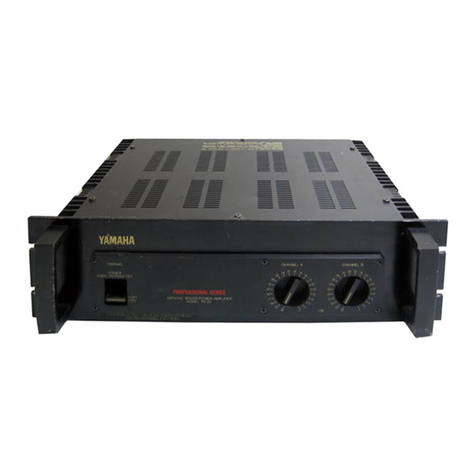
Yamaha
Yamaha P2100 User manual
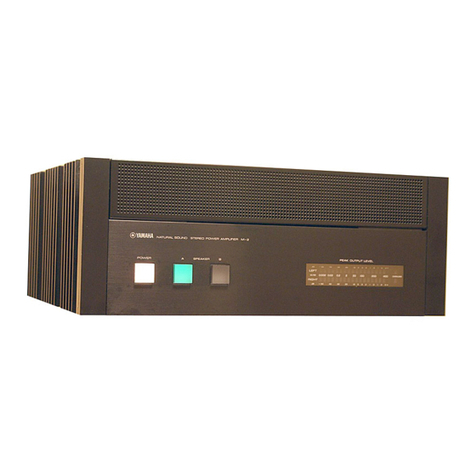
Yamaha
Yamaha M-2 User manual
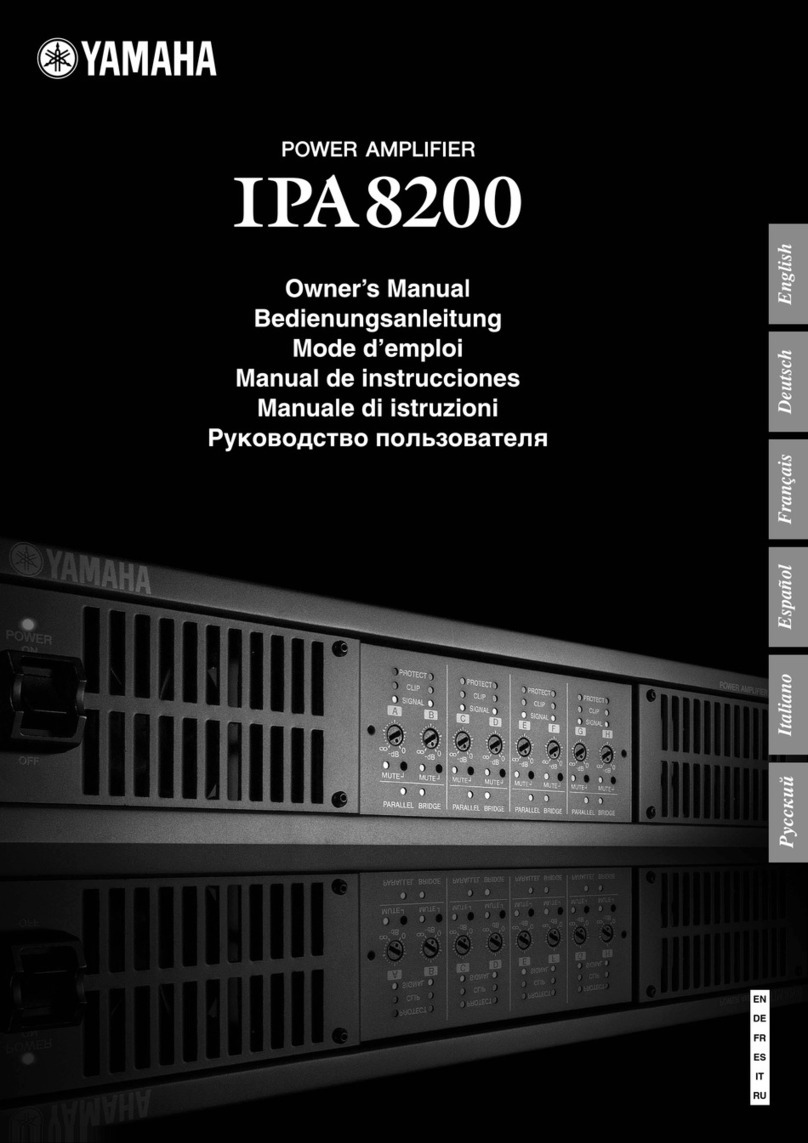
Yamaha
Yamaha 001PO-03C0 User manual
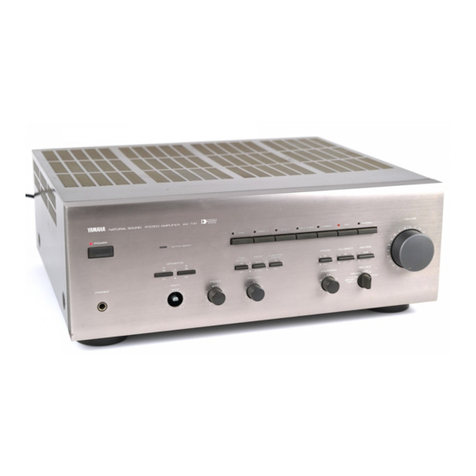
Yamaha
Yamaha AX-930 User manual
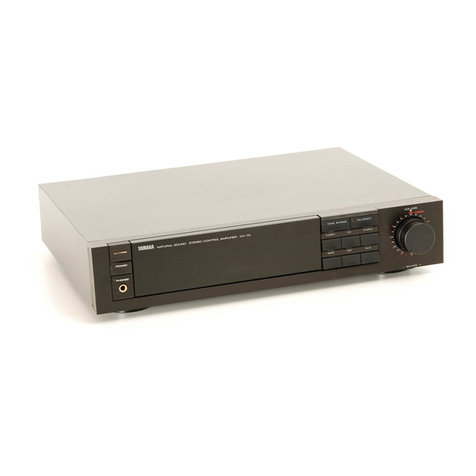
Yamaha
Yamaha CX-70 User manual
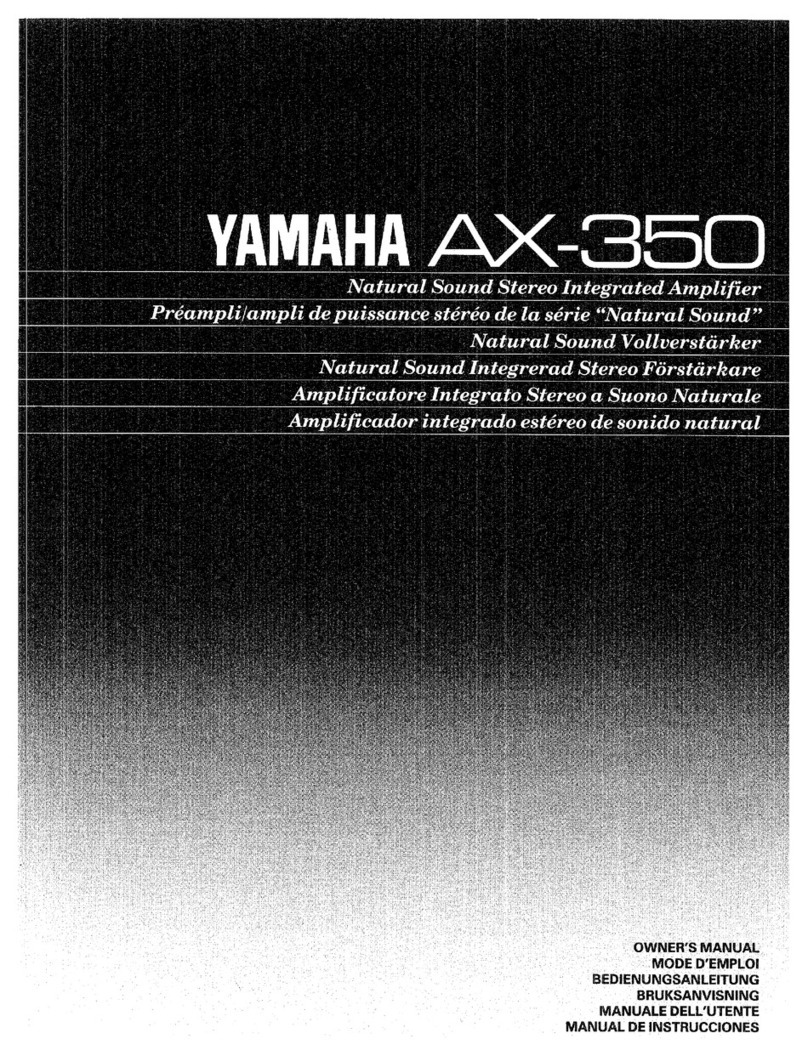
Yamaha
Yamaha AX-350 User manual

